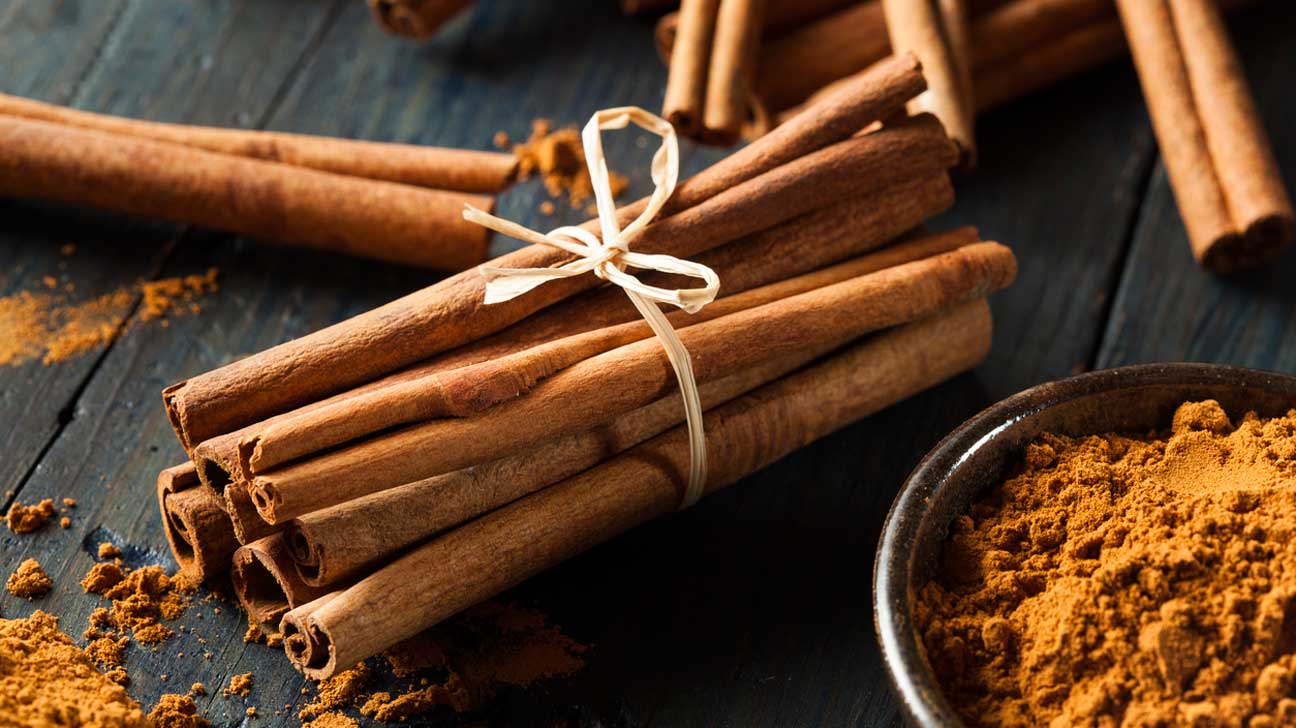
The global pistachio market is entering a tighter phase in the 2025/26 season. While the United States delivered a record harvest, sharp downward revisions in Iran and Turkey have pushed total global production lower than last year. According to the

The cinnamon market is undergoing transformative changes in 2024, with top exporters like Vietnam, China, and Sri Lanka addressing rising global demand, quality concerns, and competitive pricing. This analysis delves into production updates, trade dynamics, export-import trends, and future opportunities shaping the global cinnamon industry.
Overview
The global cinnamon trade is buzzing with activity, and Vietnam stands at the forefront as the world's leading producer and exporter. With a sprawling plantation area of 180,000 hectares, Vietnam's cinnamon exports have soared, reaching nearly 90,270 tons in the first 11 months of 2024 alone. This marks a 10.2% increase in volume and a 3.9% rise in export turnover compared to the same period last year. India and the United States remain Vietnam's top markets, with 41.2% and 11.7% of the export share, respectively. Companies like Prosi Thang Long, Son Ha Spices, and Olam Vietnam dominate the export scene, solidifying Vietnam's place in the global spice market.
Latest Market Updates and Production News
Vietnam: World’s Largest Cinnamon Exporter
China: Key Exporter to Turkey
Sri Lanka and Indonesia: Premium Quality Suppliers
Harvest Seasons and Product Quality
Vietnam’s cinnamon is grown predominantly in northern regions like Yên Bái Province, which boasts the largest plantation areas. Harvest typically occurs from March to May and September to November, aligning with optimal growth cycles and market demands. The 2024 harvest has been characterized by high-quality output due to sustainable farming practices and advancements in production management. However, stringent export markets, particularly in the EU and UK, require compliance with green consumption, origin traceability, and carbon emission standards.
In China, cinnamon production is centered around Yulin, the "capital of spices," where 80% of domestic spices and two-thirds of the world’s spices are processed. China exports to markets including Turkey, South Korea, Malaysia, and Thailand, with significant shipments of cinnamon and star anise arriving in Turkey from Yulin-Qinzhou Port. Turkey's interest in Chinese cinnamon stems from its high quality and reasonable pricing, making it a growing import hub for Chinese spices.
Price Trends and Future Projections
Current Prices
Future Outlook
Global Trade Dynamics
Exporters
Importers
While Vietnam dominates the global cinnamon market with 34.4% of market share, other significant players include China, Indonesia, and Sri Lanka. Key importers of cinnamon are India, the United States, the EU, and Turkey, with emerging interest from Bangladesh and South Korea. Vietnam has leveraged trade agreements like the UK-Vietnam Free Trade Agreement (UKVFTA) to penetrate the UK market, where cinnamon exports surged by 94.4% in early 2024.
Meanwhile, China continues to expand its exports to Turkey, solidifying trade relationships that have lasted over four decades. As the world’s second-largest cinnamon exporter, China uses its extensive spice trade network to meet the growing demands of the Middle East and Europe.
Current Prices and Future Trends
Cinnamon prices show regional variation, influenced by harvest quality and global demand. In Vietnam, prices are stable due to consistent export volumes and rising interest in organic and sustainably sourced cinnamon. Indian and US markets remain lucrative, but competition from other exporters like Indonesia is intensifying. Chinese cinnamon enjoys competitive pricing, bolstered by robust trade networks and efficient distribution from hubs like Yulin.
Looking ahead, global demand for cinnamon is expected to grow due to its versatile applications in food, cosmetics, and pharmaceuticals. However, exporters must adapt to stricter standards for residue levels, carbon emissions, and traceability, especially in high-regulation markets like the EU and UK.
Regulatory and Sustainability Challenges
Key Strategies for Growth
Market Challenges and Strategic Insights
Despite its leadership in cinnamon production, Vietnam faces challenges in meeting advanced market standards. Collaborative efforts among farmers, cooperatives, processors, and exporters are crucial to enhancing the cinnamon value chain. Digital technologies and scientific research are key to addressing issues like pesticide residue and sustainable farming practices.
China's focus on strengthening economic ties with Turkey and other Belt and Road Initiative countries offers opportunities for its cinnamon exports, particularly as Turkey increases its spice imports. However, China’s dominance could be challenged by emerging suppliers from Southeast Asia and South America, where production diversification is on the rise.
FAQs
1. Which countries are the top producers of cinnamon?
Vietnam leads the global market, followed by China, Indonesia, and Sri Lanka.
2. When is cinnamon harvested?
In Vietnam, the primary harvests occur from March to May and September to November.
3. What are the main markets for Vietnamese cinnamon?
India, the United States, and the EU are the largest buyers of Vietnamese cinnamon, with growing interest from the UK and Bangladesh.
4. What factors influence cinnamon prices?
Prices depend on production quality, global demand, and compliance with export standards like residue levels and carbon emissions.
5. How does Vietnam ensure sustainability in its cinnamon industry?
Vietnam focuses on green farming practices, value chain connections, and the application of digital technologies for traceability and sustainable production.
6. Why is Turkey a key market for Chinese cinnamon?
Turkey values the high quality and reasonable pricing of Chinese cinnamon, strengthened by decades of trade relationships.
Conclusion
By addressing market challenges and leveraging trade opportunities, Vietnam and China are well-positioned to maintain their dominance in the global cinnamon trade. For traders, keeping an eye on evolving standards and fostering relationships in high-demand markets will be crucial for sustained growth in this dynamic industry.
Stay ahead in the evolving spice market with smart tools and insights from Momex.

